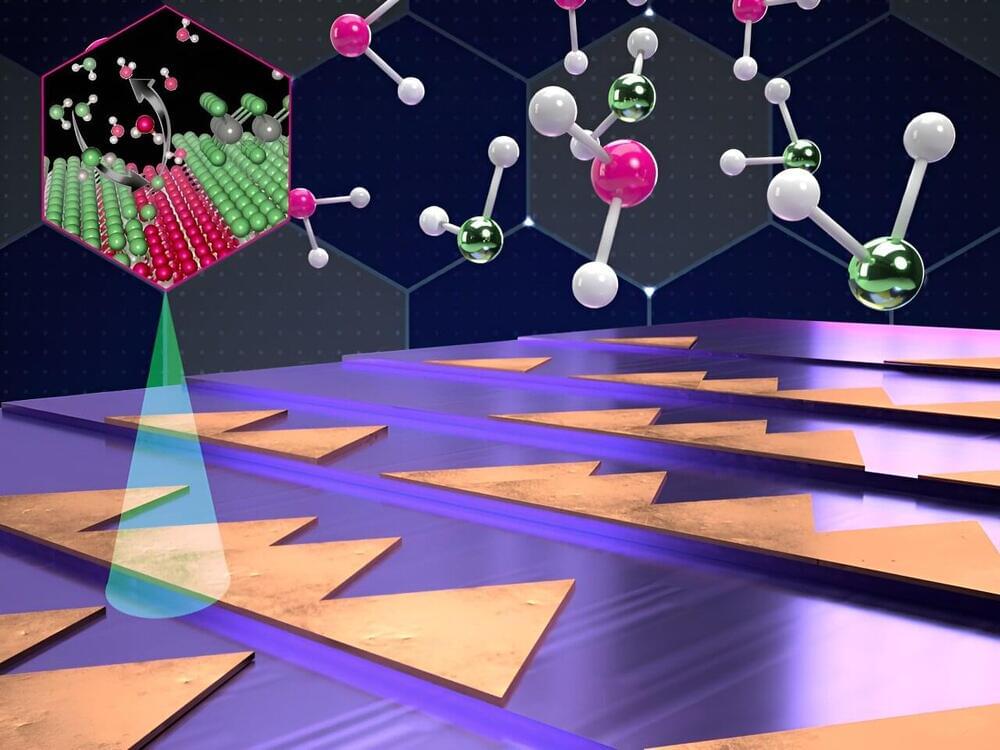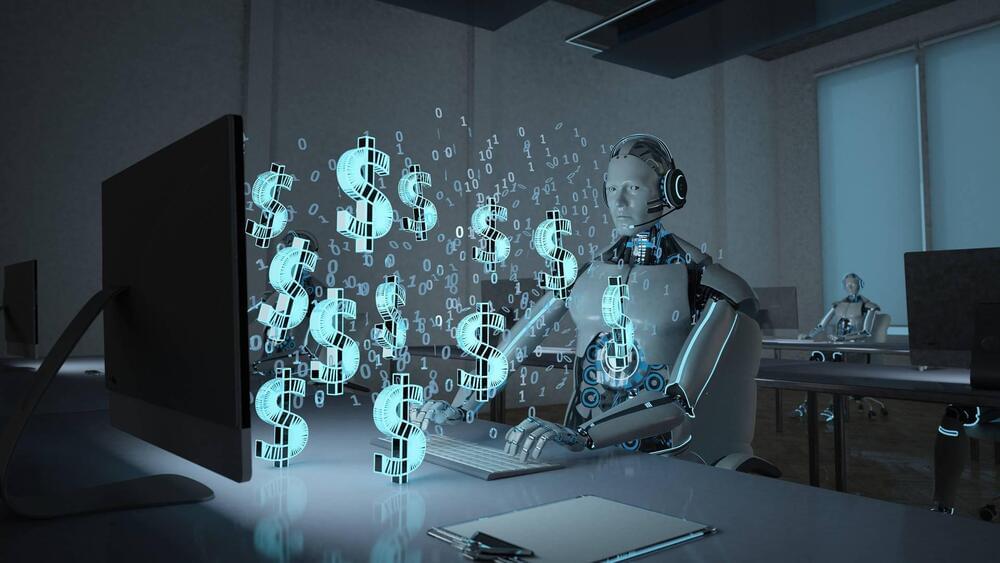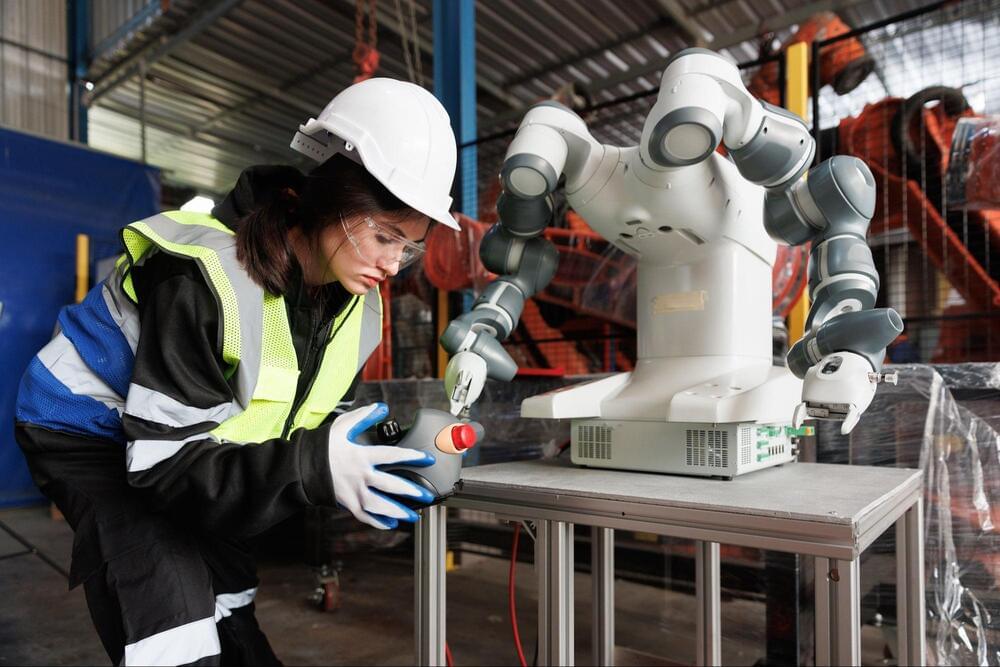The fear of artificial intelligence is largely a Western phenomenon. It is virtually absent in Asia. In contrast, East Asia sees AI as an invaluable tool to relieve humans of tedious, repetitive tasks and to deal with the problems of aging societies. AI brings productivity gains comparable to the ICT (information and communications technology) revolution of the late 20th century.
China is using AI as an integral part of the Fourth Industrial Revolution, which brings together different “Industry 4.0” technologies – high-speed (fifth-generation) communications, the Internet of Things (IoT), robotics, etc. Chinese ports unload container ships in 45 minutes, a task that can take up to a week in other countries.
Today’s fear of AI has many parallels to the fear of machines at the end of the 19th century. French textile workers, fearing mechanical weaving would endanger their jobs and devalue their craft, threw their “sabots” (clogs) into weaving machines to render them inoperable. They gave us the word sabotage.








